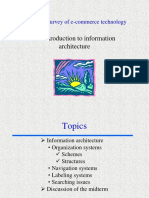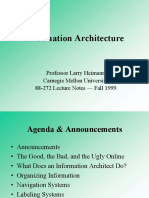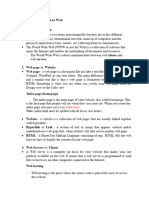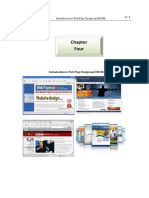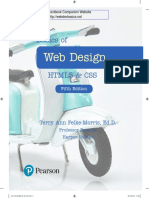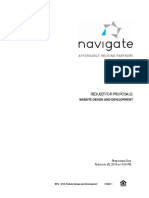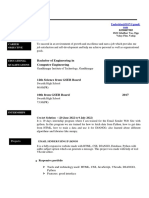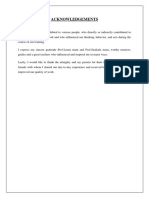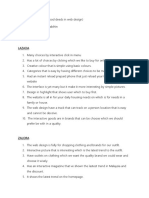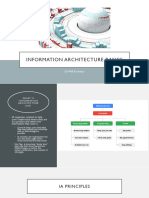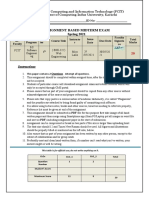0% found this document useful (0 votes)
40 views4 pagesStructure of Website
The document outlines various website structures, including hierarchical, matrix, and database-driven formats, emphasizing their organization, navigation, flexibility, and interconnectedness. It details the basic structure of a website, including the homepage, navigation menu, pages, and footer, along with common page elements and characteristics of a well-structured website. Effective website structure enhances usability, navigation, and SEO, making it crucial for user experience and search engine visibility.
Uploaded by
www.anbusaadhana003Copyright
© © All Rights Reserved
We take content rights seriously. If you suspect this is your content, claim it here.
Available Formats
Download as DOCX, PDF, TXT or read online on Scribd
0% found this document useful (0 votes)
40 views4 pagesStructure of Website
The document outlines various website structures, including hierarchical, matrix, and database-driven formats, emphasizing their organization, navigation, flexibility, and interconnectedness. It details the basic structure of a website, including the homepage, navigation menu, pages, and footer, along with common page elements and characteristics of a well-structured website. Effective website structure enhances usability, navigation, and SEO, making it crucial for user experience and search engine visibility.
Uploaded by
www.anbusaadhana003Copyright
© © All Rights Reserved
We take content rights seriously. If you suspect this is your content, claim it here.
Available Formats
Download as DOCX, PDF, TXT or read online on Scribd
/ 4











